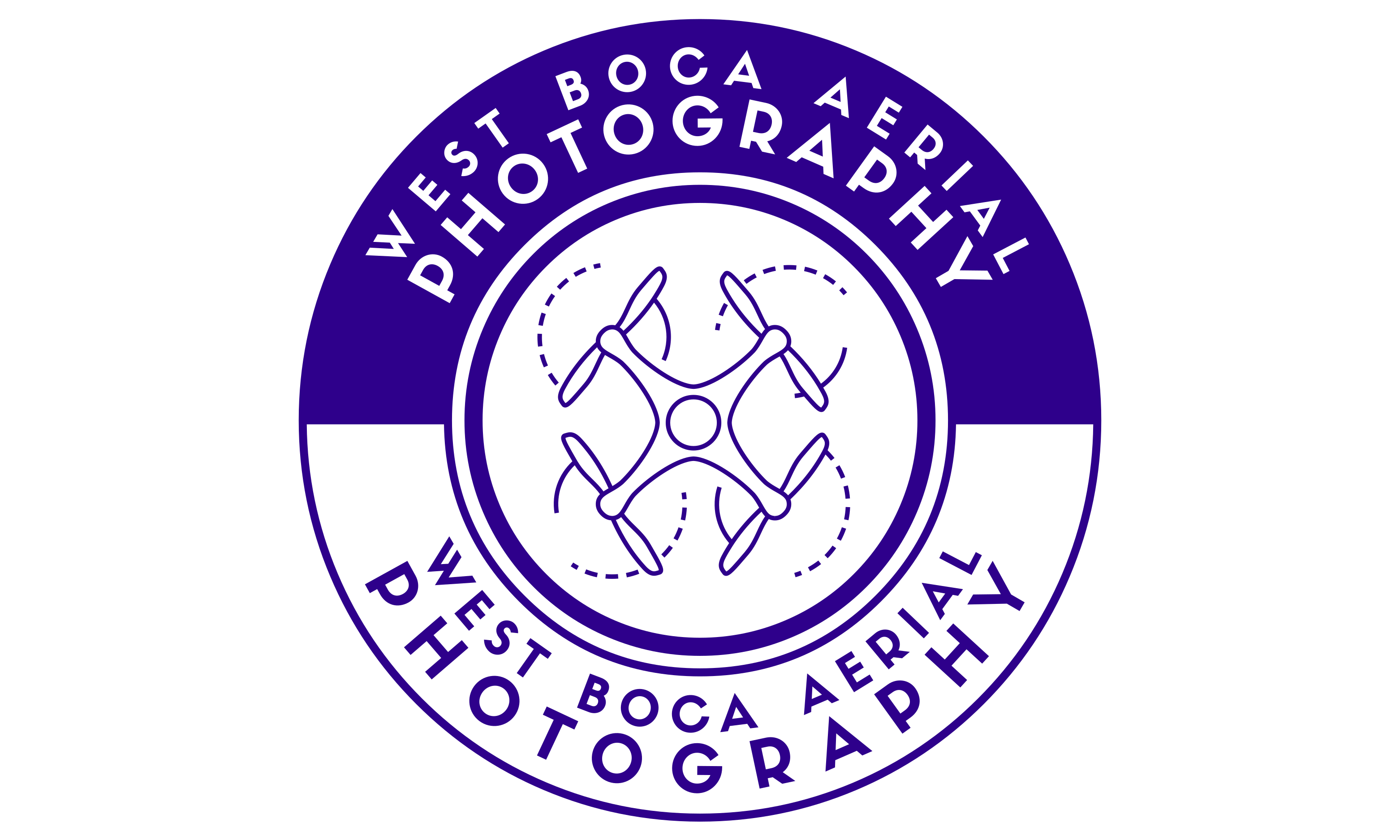In recent years, the popularity of aerial photography has soared, thanks to advancements in technology and the availability of drones. Aerial photography allows for stunning shots of landscapes, buildings, and events from a bird’s eye view. However, traditional photography still has its place in many situations. In this article, we will compare the pros and cons of aerial photography versus traditional photography, specifically in the context of aerial mapping.
Aerial photography offers a unique perspective that is not achievable with traditional photography. By capturing images from above, aerial photography allows for a comprehensive view of large areas, making it ideal for mapping purposes. Aerial mapping, the process of creating maps from aerial photographs, has been revolutionized by the use of drones and other aerial technology. These images can be used for a variety of purposes, from urban planning to environmental monitoring.
One of the main advantages of aerial photography for mapping is the ability to capture high-resolution images from above. This allows for detailed and accurate maps to be created, which can be used for a wide range of applications. For example, aerial mapping is often used in agriculture to monitor crop health and yields, as well as in disaster response to assess the extent of damage.
On the other hand, traditional photography also has its own set of advantages. Traditional photography is more accessible and easier to use than aerial photography, as it does not require specialized equipment or training. This makes traditional photography a more cost-effective option for some projects.
Another advantage of traditional photography is the ability to capture more artistic and creative shots. While aerial photography can provide a unique perspective, traditional photography allows for more control over composition, lighting, and other elements that contribute to the overall aesthetic of the image.
However, traditional photography also has its limitations when it comes to mapping. Traditional photography is limited by the line of sight of the photographer, which can make it difficult to capture images of large or remote areas. This can be especially challenging when trying to create accurate and detailed maps for urban planning or environmental monitoring.
In conclusion, both aerial photography and traditional photography have their own set of pros and cons when it comes to mapping. Aerial photography offers a unique perspective and high-resolution images, making it ideal for mapping large areas. Traditional photography, on the other hand, is more accessible and allows for greater artistic control. Ultimately, the choice between aerial photography and traditional photography will depend on the specific requirements of the project and the desired outcome.
************
Want to get more details?
West Boca Aerial Photography
https://www.wbaerialphoto.com/
Boca Raton, United States
Embark on a bird’s eye view adventure with WBAerialPhoto.com! See the world from a whole new perspective and discover stunning landscapes like never before. Stay tuned for an exciting glimpse into the beauty of aerial photography.















